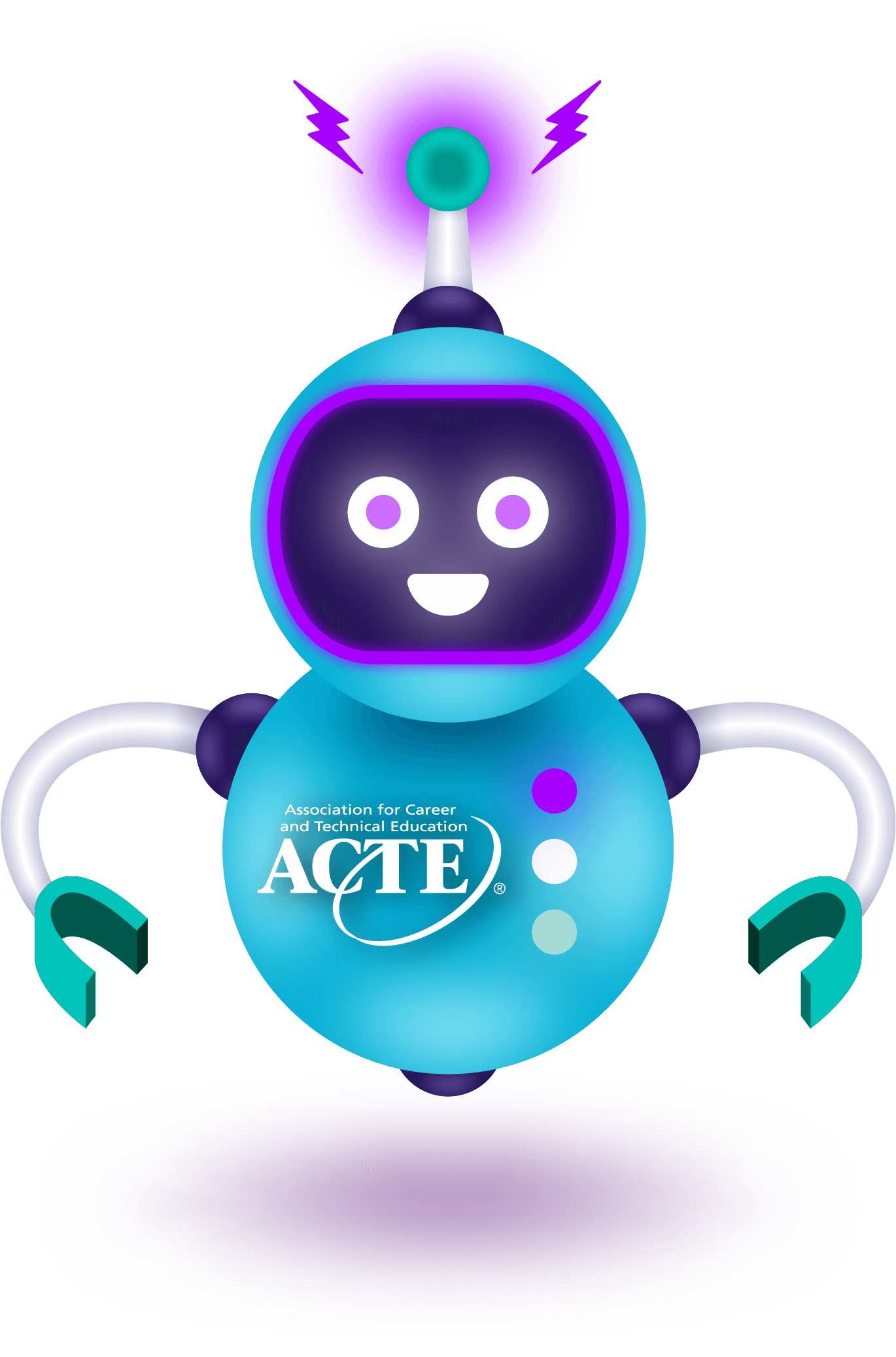 Addressing CTE Faculty Shortages in Community Colleges: An article by Brandon Hensley, Michelle E. Bartlett, James E. Bartlett II and Sophia Alston in The CTE Journal investigates the challenges that shape CTE faculty shortages in community colleges and the institutional practices aimed at recruiting and retaining instructors.
Addressing CTE Faculty Shortages in Community Colleges: An article by Brandon Hensley, Michelle E. Bartlett, James E. Bartlett II and Sophia Alston in The CTE Journal investigates the challenges that shape CTE faculty shortages in community colleges and the institutional practices aimed at recruiting and retaining instructors.
The researchers surveyed postsecondary CTE instructors nationally and analyzed data from community college faculty in North Carolina to provide state-specific insights. They found that respondents from North Carolina struggle to find instructors, with 66% of respondents stating it is always or often hard to find full-time faculty and 60% reporting the same for part-time faculty. Within CTE program areas, 41% of respondents say that their institutions face a shortage in one area, 17% in two areas, 13% in three areas and 14% in 10 areas. Health (50%), Construction/Trades (27.5%) and IT (23%) are the most common program areas in which respondents report faculty shortages.
When asked about how their institutions recruit and retain CTE faculty, the most common strategies reported by North Carolina respondents are posting positions on the school’s website or online job boards, word of mouth and faculty referrals. For retention, respondents report that their institutions actively address factors that lead to faculty burnout and consider feedback from faculty in decision-making. However, respondents rate their institution’s benefits and sense of community among faculty members as weak.
The State of CTE in Ohio: A report from the Fordham Institute examines the current state of CTE programs and work-based learning opportunities in Ohio using state longitudinal data.
- Participation in CTE coursework and work-based learning opportunities has risen in recent years. About one in four high school students completed at least one CTE course in the 2022-23 school year, up from one in six for 2014-15. In addition, about one-third of students, over 44,000, graduated as CTE concentrators in 2023 compared to 36,000 students in 2020.
- The class of 2023 saw over 4,500 additional students (26% of CTE concentrators) accumulate more than 250 hours of work-based learning experiences compared to the class of 2022.
- Attainment of industry-recognized credentials soared from 14,500 earned in 2014-15 to nearly 70,000 earned in 2021-22.
- Attainment of high-demand credentials, as defined by the state’s Innovative Workforce Incentive Program (IWIP), also rose significantly—from about 3,000 earned in 2019-20 to over 19,000 in 2022-23. However, IWIP credentials only made up 16% of the credentials students earned in 2022-23, indicating that students are largely pursuing lower demand credentials.
- The top CTE programs for concentrators are agribusiness and production systems (15.4%), engineering and design (9%) and allied health and nursing (8.5%).
- Low-income and Black students are underrepresented in enrollment at specialized career centers, which are more likely to offer high-demand programs and credentials.
Which College and Career Readiness Standards Best Align with Positive Outcomes after High School?: A study from the Urban Institute examines 12 college and career readiness standards in state accountability models, investigating which ones best predict post-high school outcomes.
The author analyzed 100+ studies that examined the causal impact of each standard and found that seven are positively linked to post-high school outcomes:
|
|
|
|
|
|
|
Participation in early college programs or academic dual enrollment as well as participation in CTE or CTE dual enrollment are the standards mostly positively aligned to positive outcomes, each supported by a significant number of studies that indicate strong links to postsecondary enrollment, persistence and degree attainment as well as employment and earnings. The author noted that enrollment in CTE coursework appears to be particularly beneficial for male, Black, Hispanic and disabled students, echoing other studies that have made similar findings.
Strengthening Career Value Across Diverse Models of Work-based Learning: A report from the Strada Foundation explores students’ experiences and attitudes toward various work-based learning (WBL) experiences. The researchers surveyed over 2,000 undergraduate students at public four-year colleges nationwide and found the following:
- 65% of students who participated in WBL said it was to gain experience and skills in a specific career they plan on pursuing. Students highly value WBL experiences, with 40% ranking the career value of their experiences a ten on a 1-10 scale, 13% ranking their experiences a nine, and 18% rating their experiences an eight.
- Experiences that students rated the highest in making them stronger candidates for careers are paid internships, undergraduate research experiences and practicums. On- and off-campus jobs were ranked the lowest.
- Students indicated that, broadly, WBL experiences helped them expand their professional network, develop technical and soft skills, and receive extensive feedback and mentorship from their supervisors.







